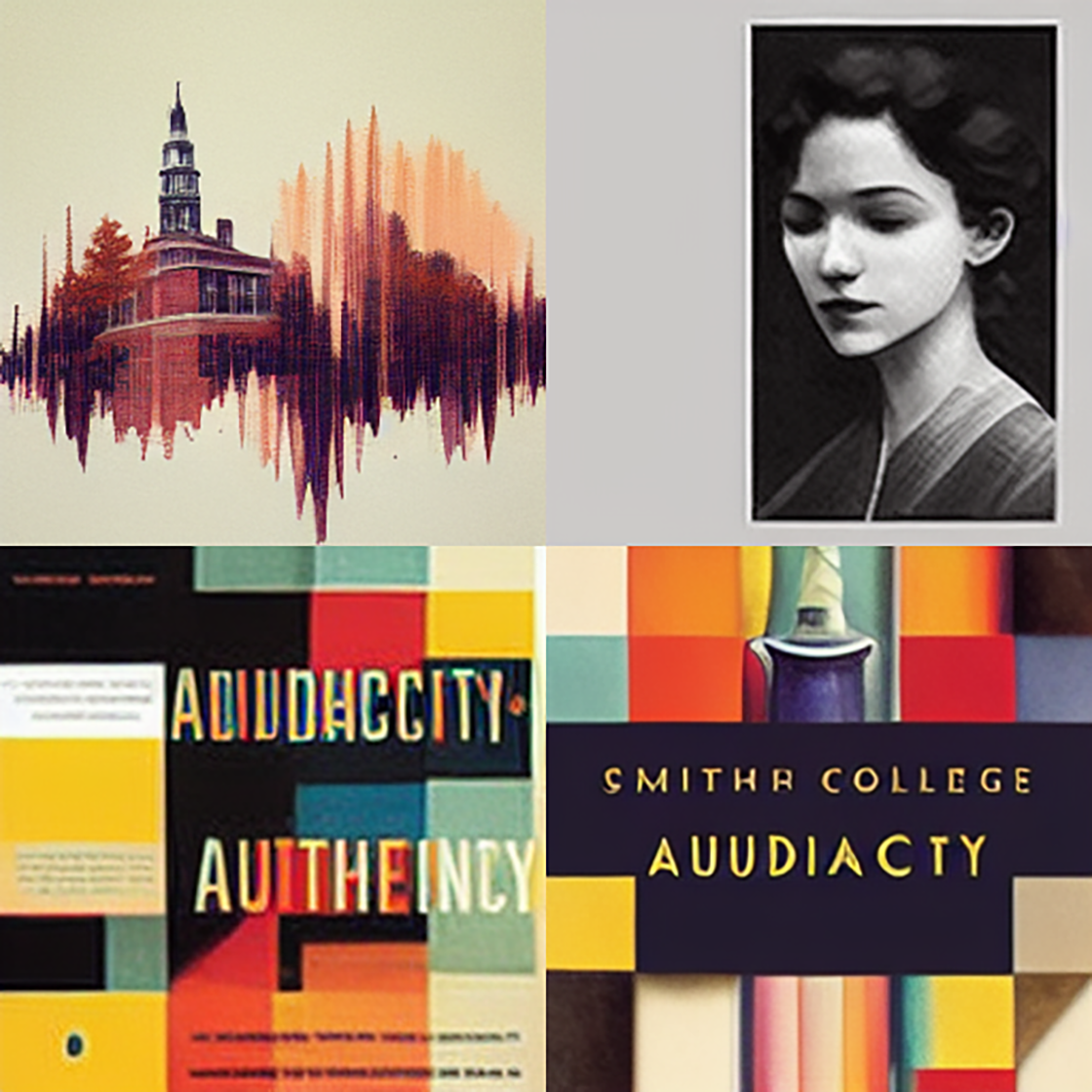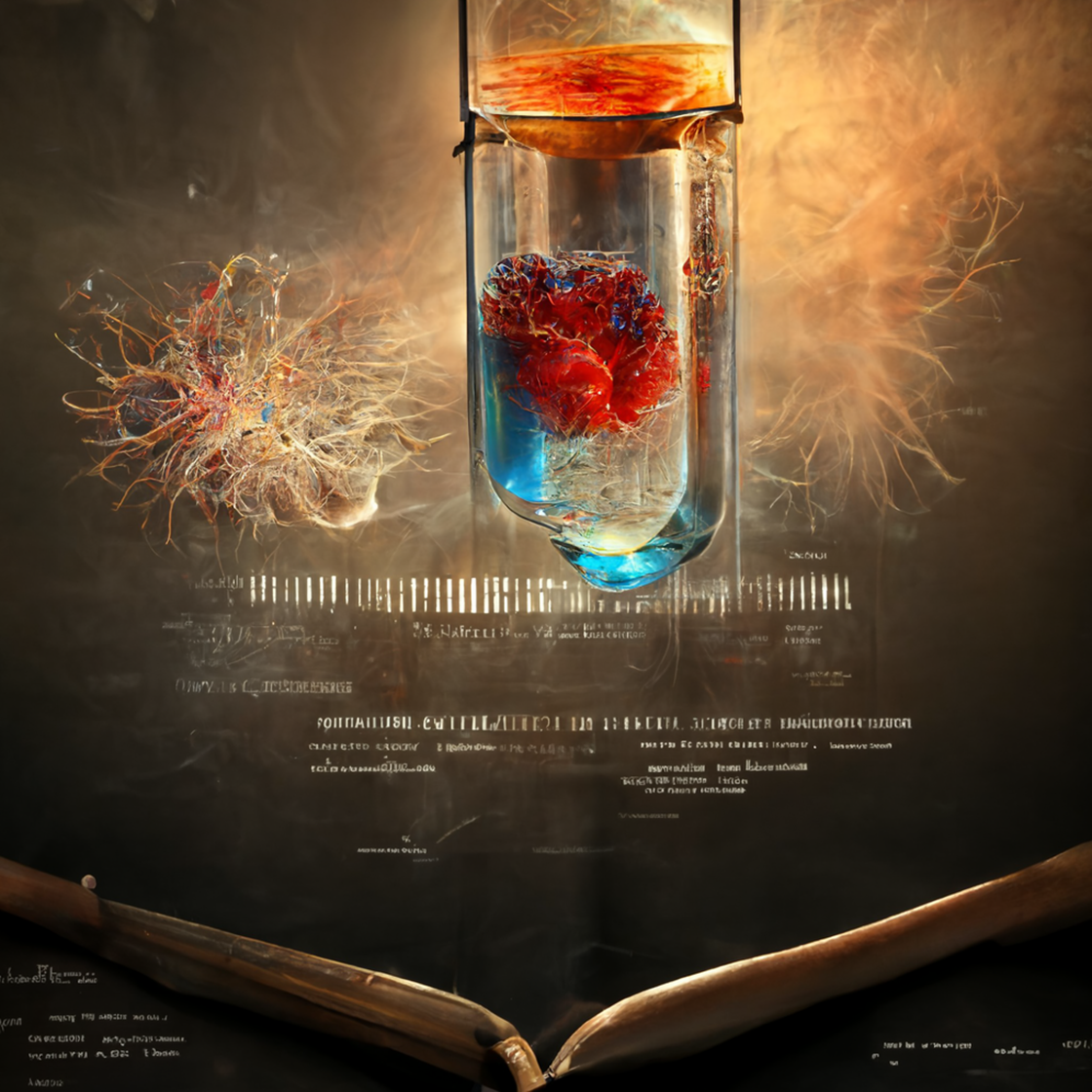“A working machine must not play the piano.”—Rossum’s Universal Robots (RUR), Karl Capek, 1920
Artificial intelligence (AI) has a growing role in higher education marketing and communications. The first step toward harnessing the power of AI for recruiting and enrolling students was taken long ago: personalization. For years, admissions teams have used personalized emails; it’s quaint to think of anything else. Machine learning is just the most recent advancement.
At this moment, admissions teams are using student data, purchased from a third party or collected from current student activity, to build machine-learning models that help them further personalize those messages. The teams then send the messages to people they know will have a much higher chance of opening and reading those messages.
Now, the weight of the step after personalization is pressing down on us: AI-generated text and images that machine-learning models know will resonate with the person receiving the message. We can see the shadow of this in the shape of online AI text-prompt-to-visual art generators.
A quick search will turn up several different AI text-to-art tools, each with its own tiers of access. Many include free plans that limit users to a few prompts (the term for information provided to the AI). Free access runs out quickly because these tools require considerable computing power to operate; computing power is managed by a company; and capitalism requires that companies need to make money. Subscribers pay for access to the AI’s processing centers.
Most of the platforms work the same. The user interface asks a human for a text description of what the human would like to see realized by the AI. The AI goes to work, running keywords through machine learning models, pulling images and colors from anywhere it can access, applying the effects requested or inspired by the prompt and, then, offering a selection of images. From those images, the user decides the next step, anything from editing the prompt or totally starting over to asking for variations on a suggested image the user feels is in line with the idea they’re trying to express. Each variation along the way can have a bit more detail added to it with increased output from the AI processors.
Working on an image feels the same as creating any written, musical or visual art piece. The creator or team experiences a rush by pursuing an idea, turning away from something that’s not working and finding surprising beauty.
Plus, it’s fun.
Let’s explore a few options for small teams to inspire conversation about AI in marketing and highlight the currently available AI tools.











